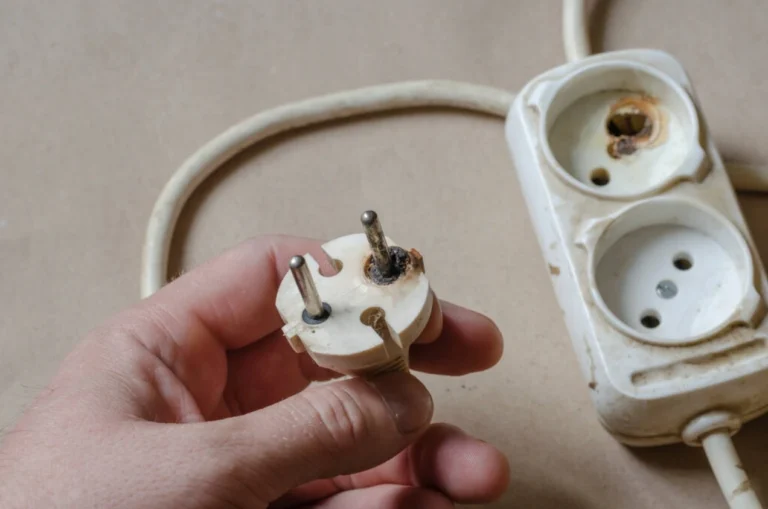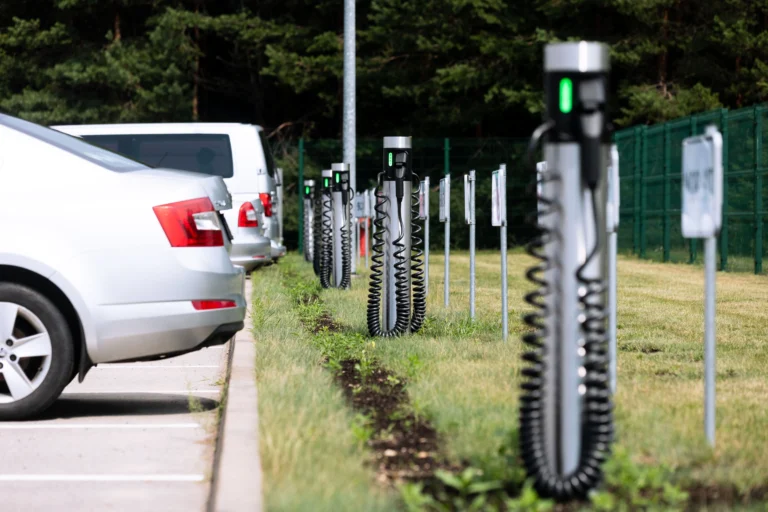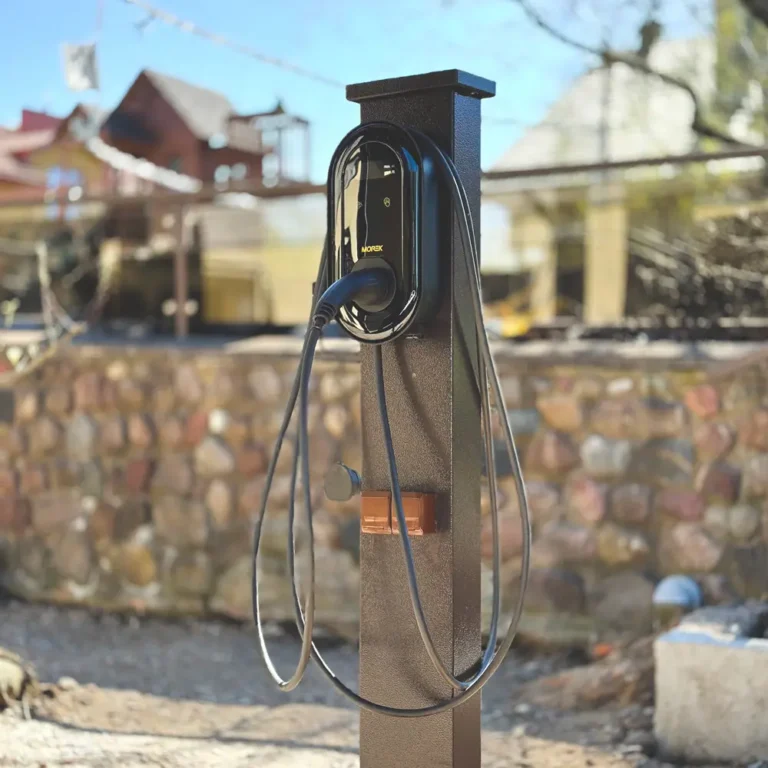Pagrindinis » News » Charging hybrid cars at home: why sockets are no longer enough?
Hybrid cars are an intermediate solution between an internal combustion engine and an electric car, allowing you to enjoy lower fuel consumption and greener transport. But just like electric car drivers, the question for hybrid owners is where is the most convenient and efficient place to charge the battery? Often a household socket socket is chosen, considering that the lower battery capacity makes it a suitable solution. However, technology is advancing rapidly, with hybrid batteries becoming more capacious and plug-in charging less efficient. So, is it worth relying on an old habit, or is it time to look for more innovative solutions?

Slow charging
In the past, hybrid cars had smaller batteries of around 5-10 kWh, so charging from a household socket (2.3 kW) took several hours. However, today’s newer hybrids can have 15-25 kWh batteries and can take 8-10 hours or more to charge from the socket. This is becoming less and less practical, especially for those who want to use a hybrid car as their main means of transport.
Inefficient use of energy
When charging from a socket, some of the energy is simply lost through transmission losses. In addition, the limited charging capacity at the socket means that some drivers charge their hybrids for too long, using the more expensive daily rate. The smart charging station allows you to choose cheaper hours (e.g. night rate or exchange price), so it pays for itself in the long run. And if you have a solar power plant, free charging is available.
Security concerns
It is not safe to charge your car from a socket. Most home electrical installations are not designed for long-term, high power loads. If not properly prepared, the socket or wiring can overheat, deform or even cause a fire hazard. In the long term, this could lead to disruptions in the entire electricity grid, which would cost more to fix than investing in a dedicated charging station.

Your own charging station – the optimal solution
If you can, it’s a good idea to set up a personal charging station. It allows for faster charging, reduced power loss and safe charging. In addition, smart stops can be programmed to charge your car during the cheapest hours, when electricity costs less.
Charging at work – an opportunity to save
More and more companies are installing charging stations for electric and hybrid cars for employees. If your workplace has this facility, it’s worth taking advantage of it – often charging here can be free or cheaper than at home.
Public charging stations – a convenient option when travelling
If you don’t have access to a home station, it’s a good idea to plan charging in town or in supermarkets. Many public charging points have both slow and fast chargers that will allow you to charge your hybrid battery in less time than using a household socket.

Hybrid owners are often hesitant to install a charging station, especially if their battery capacity is still lower than that of an electric car. However, this investment pays off in the long run because:
So if you’re still charging your hybrid from a household socket, it’s time to consider whether this habit is still in line with modern needs. Leave the sockets for charging phones, laptops and small household appliances – and charge cars from dedicated, efficient and safe charging stations.

We use cookies to ensure that our website runs smoothly and to provide you with the most relevant content. You can choose which cookies you accept.